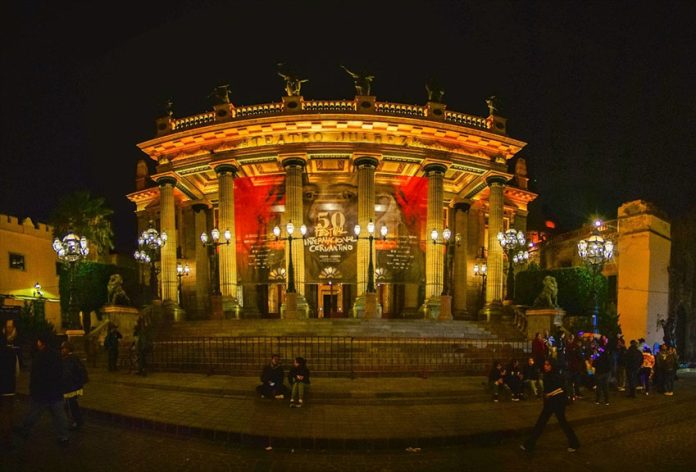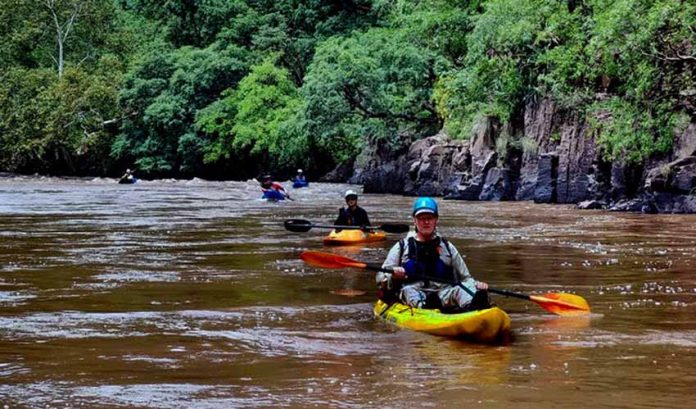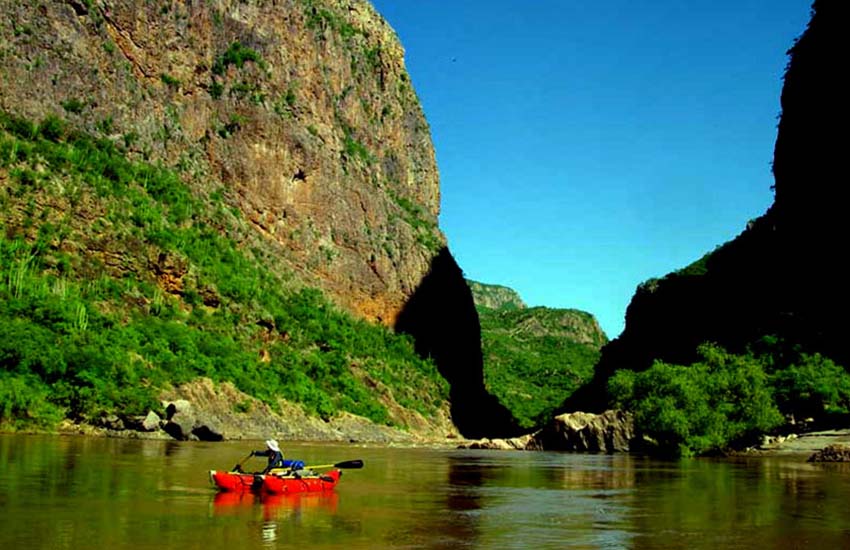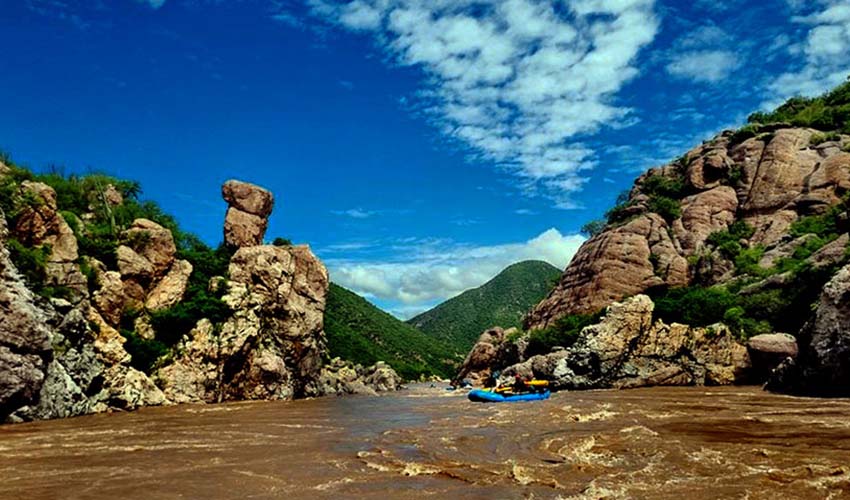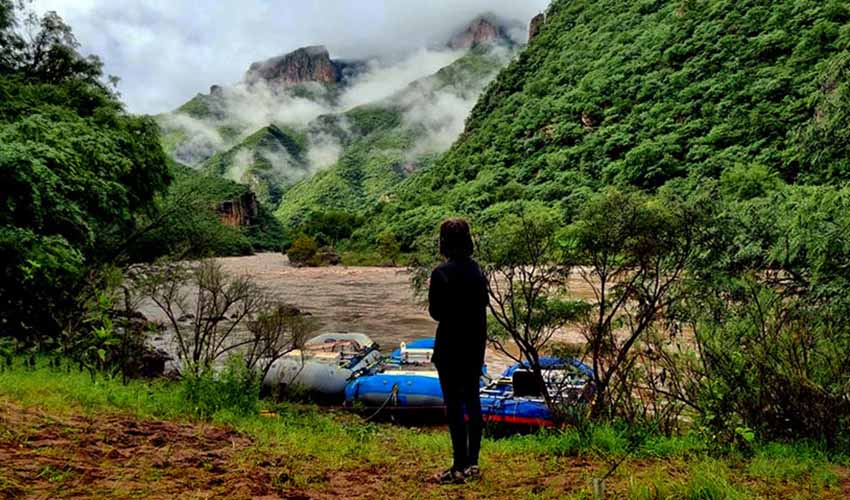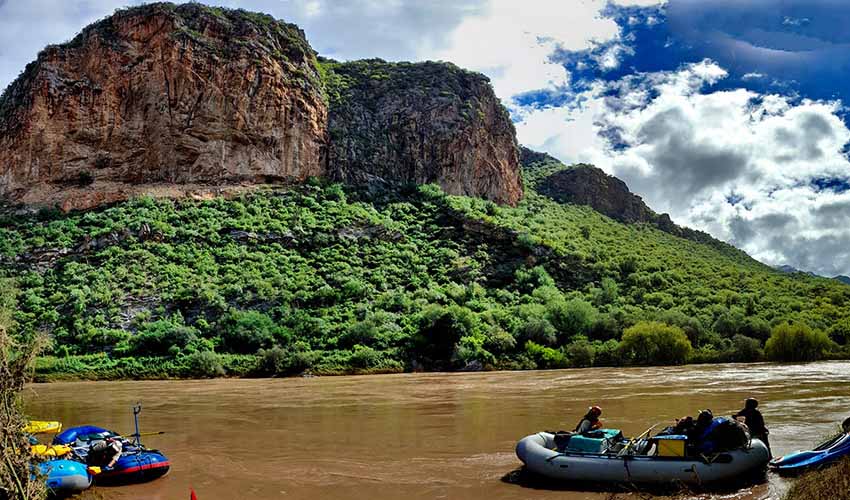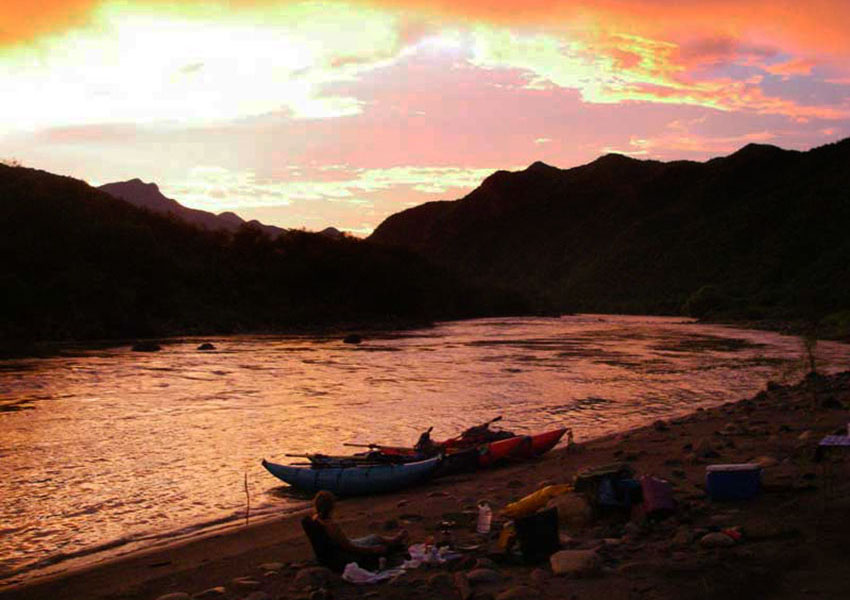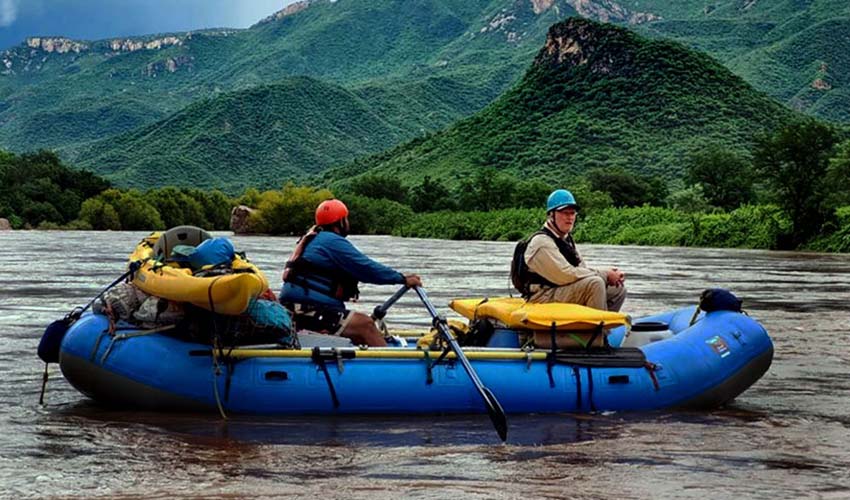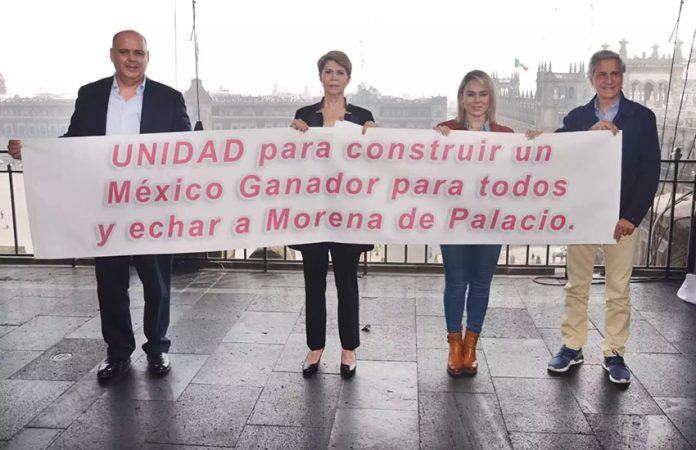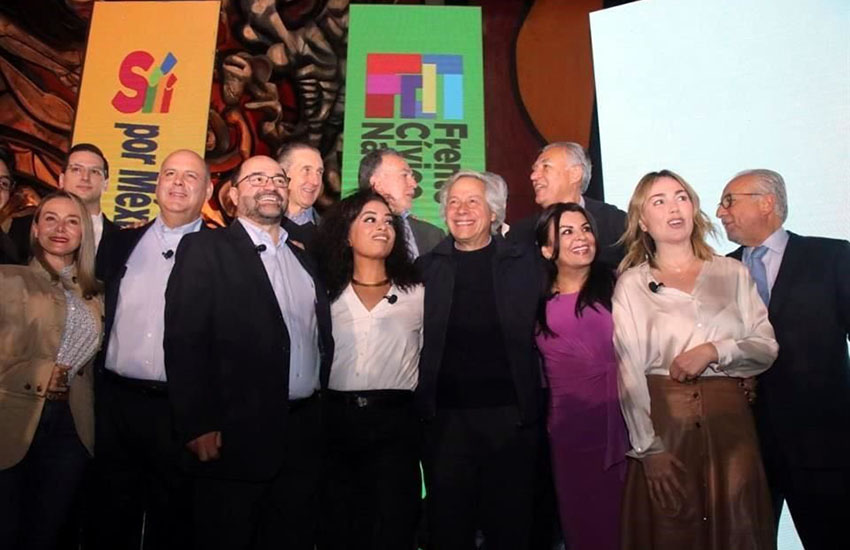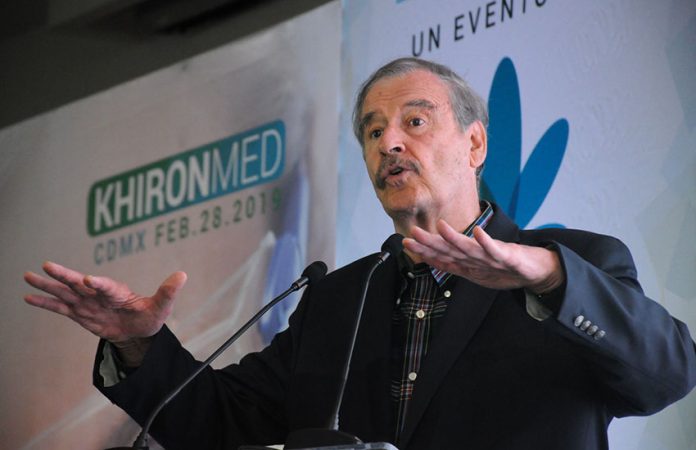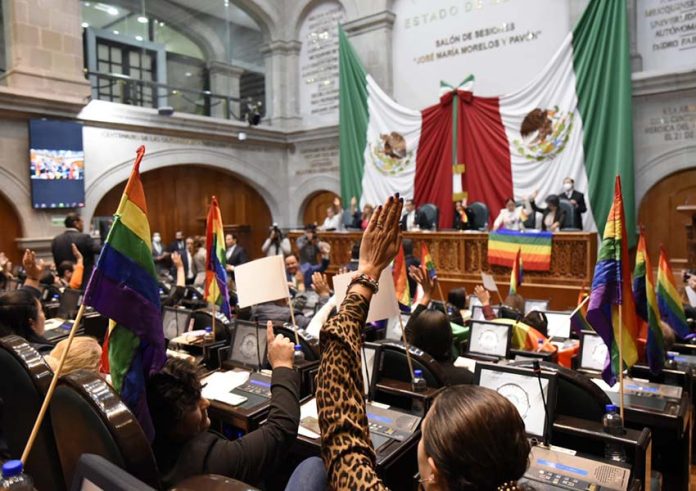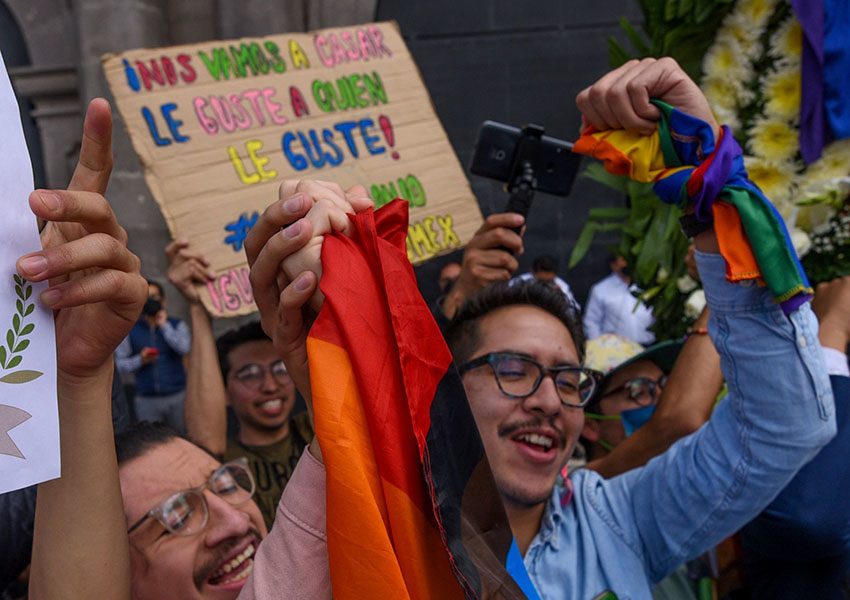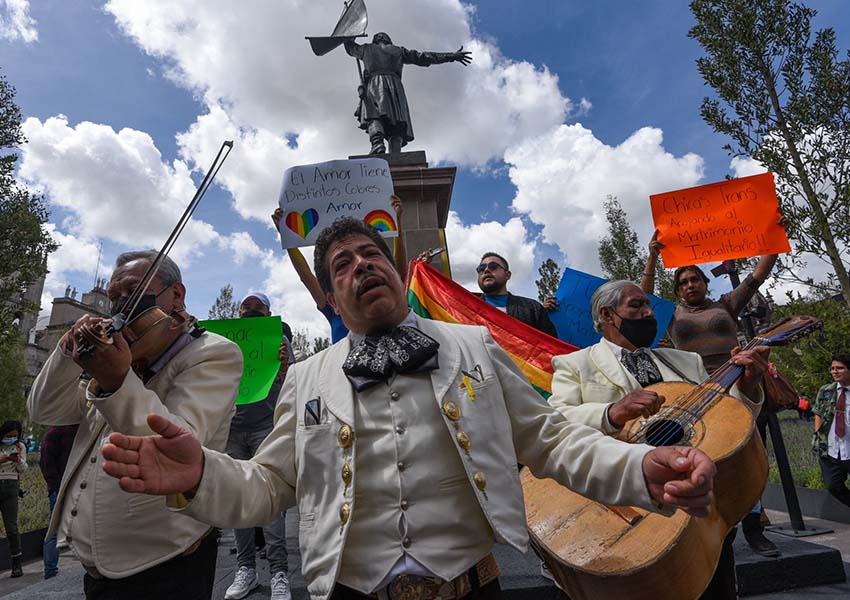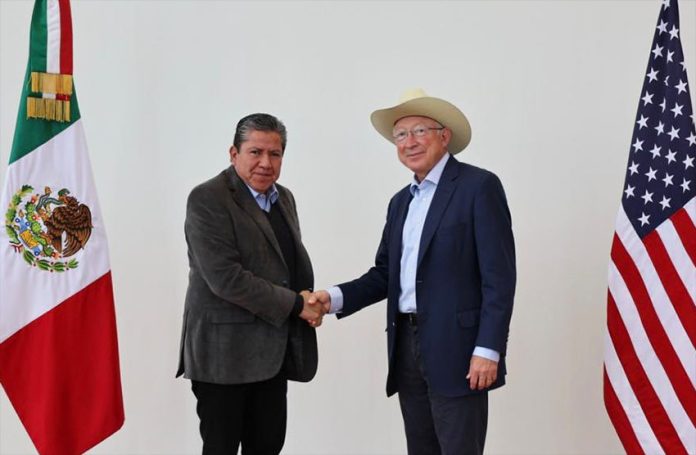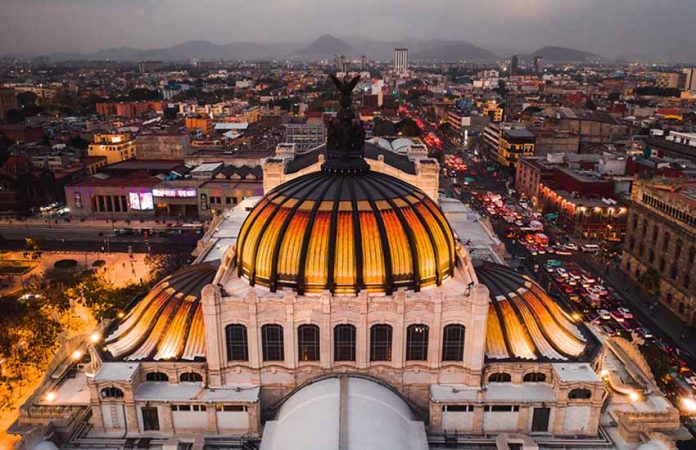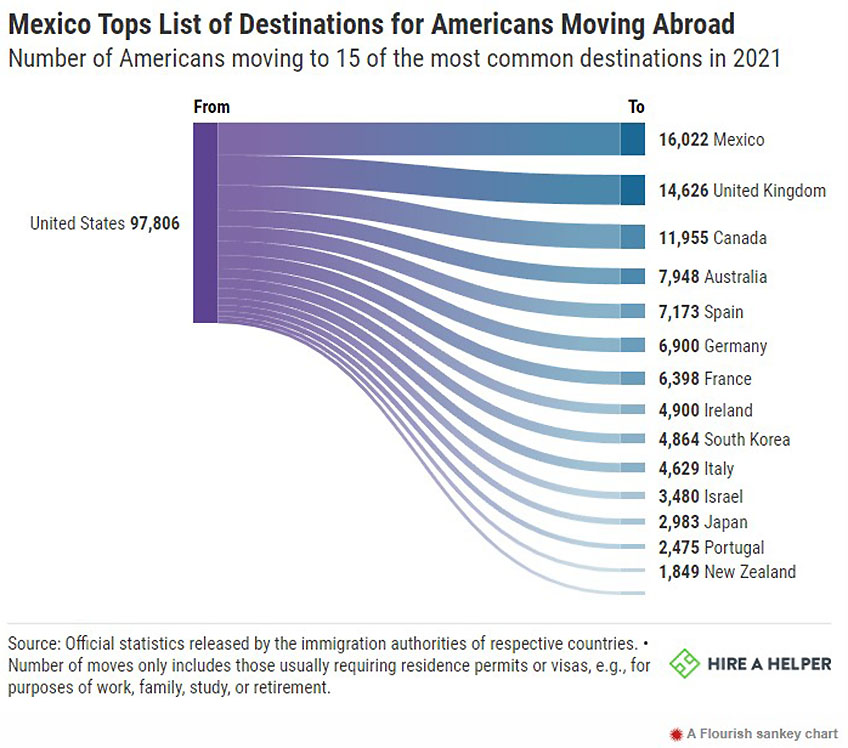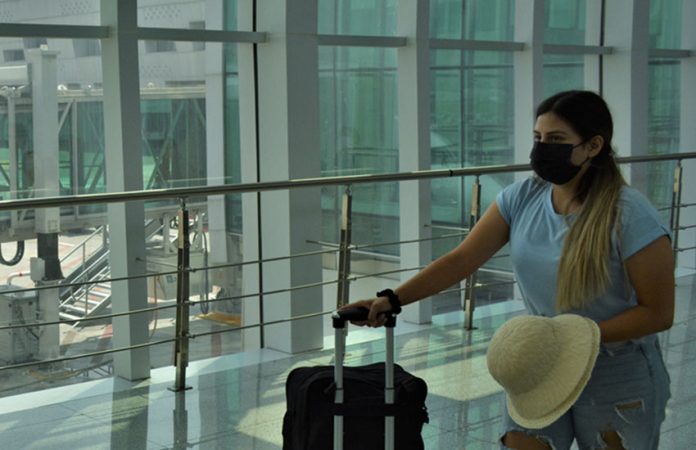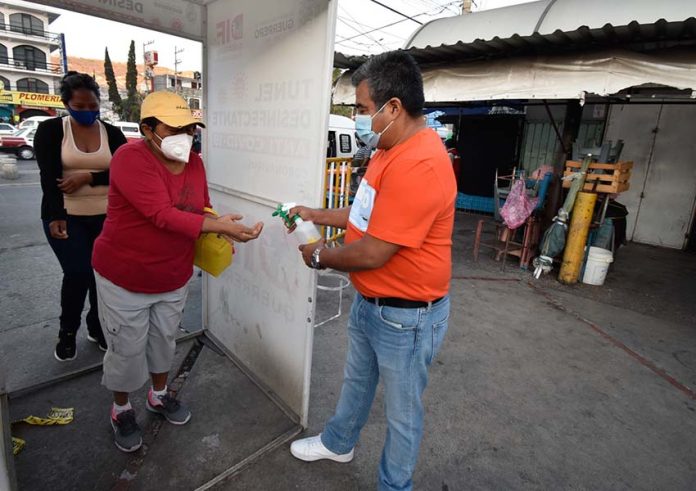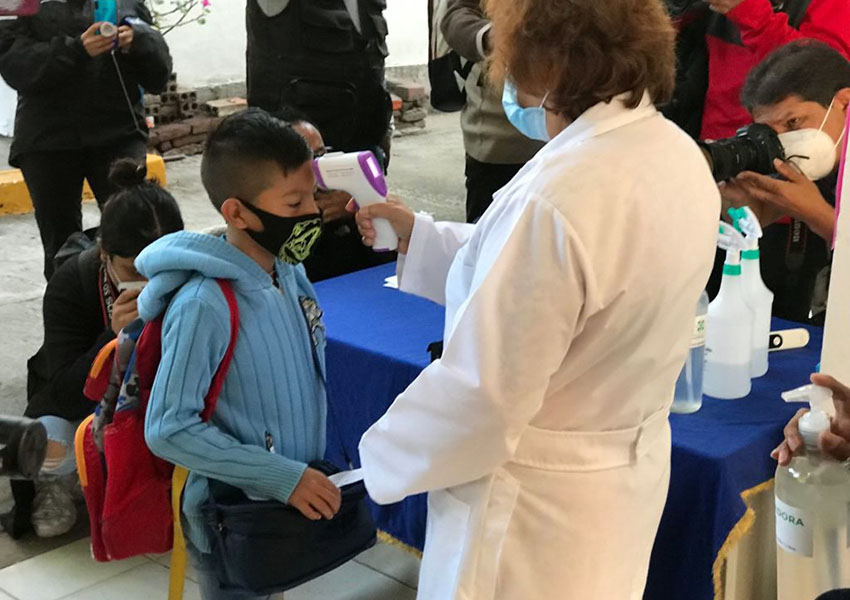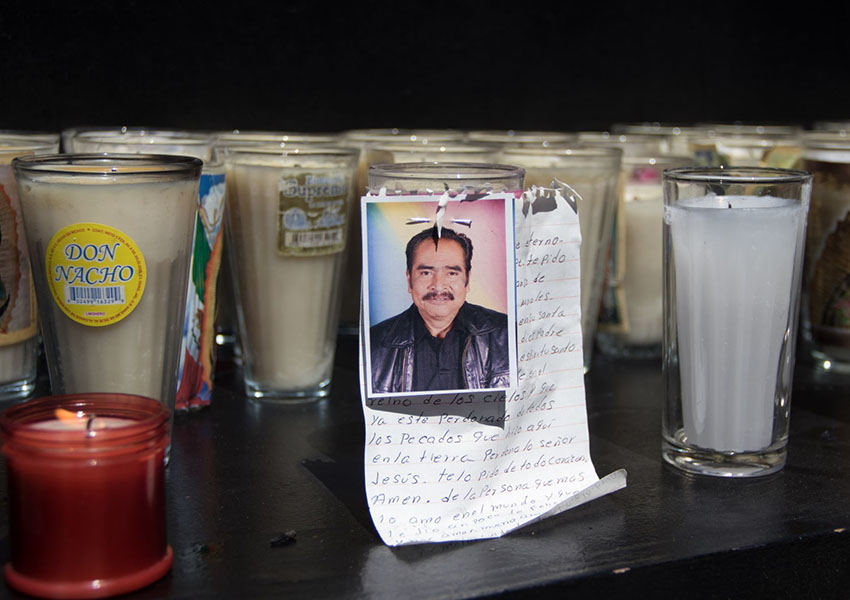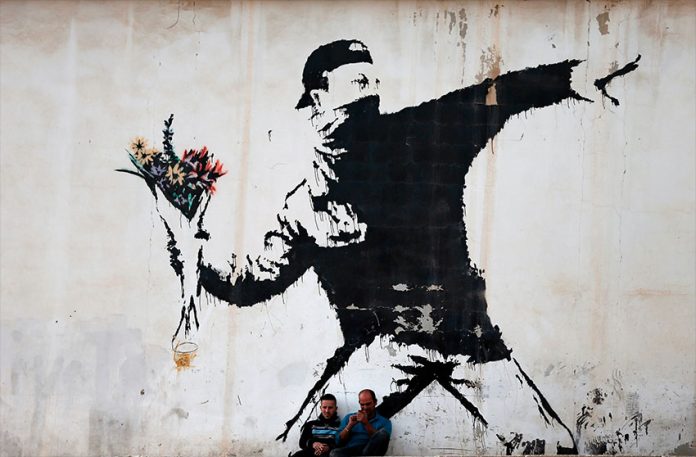After a fully virtual program in 2020 and a hybrid edition last year, it is back — and if you’re in the city of Guanajuato this week, there’s no need to ask what “it” is.
Running from Oct. 12 to 30, the International Cervantino Festival will draw hundreds of thousands of people to the city for what is not only its first full presentation since the pandemic struck, but also its 50th annual.
The last time the festival was held in full, in 2019, the massive music, arts and culture event drew 415,000 visitors to Guanajuato city, and this year organizers are hoping for 500,000, according to an Associated Press report that quoted Mariana Aymerich Ordóñez, the Cervantino’s general director.
While the festival can trace its roots back to the middle of the 20th century, when short plays written by Spaniard Miguel de Cervantes, the author of the novel “Don Quixote,” were performed in the city’s plaza and streets, it began in its current form in 1972.
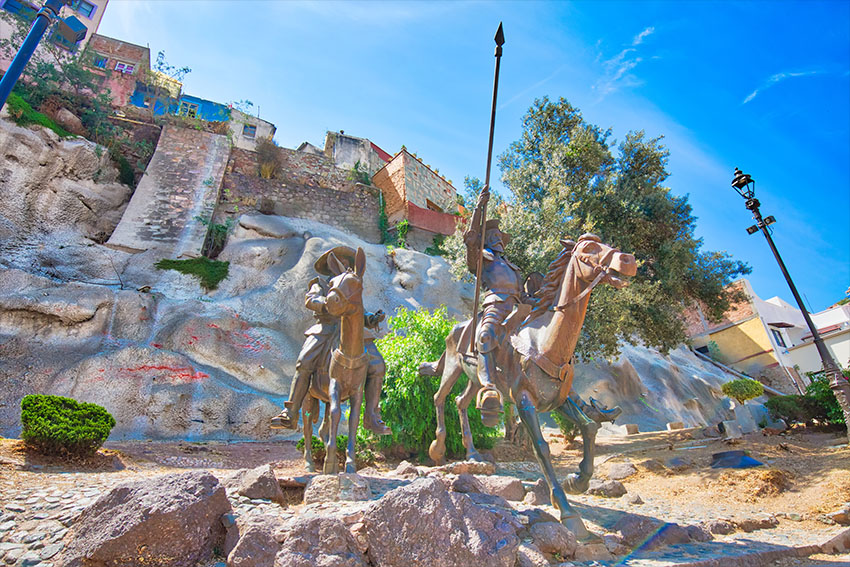
But even back then, the festival was nowhere near what it is today. At the inaugural event 50 years ago, there were 39 musical shows, 22 artists, 40 theater performances, 14 dance activities, three poetry recitals and four visual arts exhibitions.
This year, there will be 85 musical performances, 2,941 artists from 34 countries, 20 dance performances, three operas, 57 theater performances and 45 visual arts exhibitions. Sponsors range from Megacable to Yamaha to Oxxo.
Tickets are required for many events, but many others are available for free in public spaces and plazas.
“I am very excited,” said pianist María Hanneman, a 16-year-old prodigy who has already performed at Carnegie Hall in New York City and the Mozarteum in Salzburg, and is scheduled for four performances in this year’s Cervantino. “The truth is, I am a little nervous because it is a very important festival — the most important in the country — and there are many artists.”
The Cervantino is now considered perhaps the most important international artistic and cultural experience in Latin America, and one of the biggest events of its type in the world.
According to one media report, the city is expecting an influx of 120 million pesos (US $5.98 million). But that might seem a bit low based on another media report, which stated that the 2019 version saw an economic windfall of more than 615 million pesos (US $30.72 million).
In an interview in the newspaper El Universal, Guanajuato-based taxi driver José Manuel Cardona was eagerly anticipating a busy three weeks. The last two years during the pandemic “went very badly,” he said, but “this time the expectation of the influx is very good, for the benefit of service providers. One always waits for these times to get out of some debt.”
Average occupancy in the city’s 3,900 hotel rooms is expected to be 60% on weekdays and 90% on weekends.

In her interview, Aymerich also touted the economic benefits, but highlighted a number of the “highly prestigious artists” participating this year. The lineup includes the Jazz at Lincoln Center Orchestra conducted by Winton Marsalis, Spaniard Joan Manuel Serrat, Slavic star Goran Bregovic, the classic Mexican band Café Tacvba, current Mexican recording star Lila Downs and Venezuelan Gustavo Dudamel conducting the Los Angeles Philharmonic.
In the opening concert on Wednesday, soprano Hera Hyesang Park of South Korea and Mexico City’s María Katzarava, accompanied by the Mexico City Philharmonic Orchestra, sung a selection of arias on the esplanade of the Alhóndiga, a famous site in the Mexican War of Independence and now a museum. Others will perform there, too, and in plazas outside of the historic center, and at a handful of venues in other cities, as well.
South Korea is the guest country (and has brought nearly 100 artists) and Mexico City the guest “state” in this year’s festival; in the 47th edition three years ago, those honors went to Canada and Guerrero, respectively.
Other highlights include an interactive display celebrating 50 years of the festival, an exhibit of artistic works from nearby areas and the play “Kosa: Between Two Mirrors,” composed by Japanese choreographer Ushio Amagatsu and performed by the Butoh dance group Sankai Juku that he founded in 1975.
“This year’s programming was built with the nostalgic memory of the 50th anniversary, but also as a pause for reflection on the future of the festival,” Aymerich said. “Peace, sustainability, inclusion, collective rights, recognition of diversity, decentralization, as well as the defense of cultural heritage, are the issues and values that motivate us.”
Aymerich said the past two years have been “extremely difficult,” especially 2020, when organizers opted against canceling the event in part because they didn’t want to halt the unbroken progression to the 50th anniversary this year.
“Learning how to produce a festival virtually was very complex,” she said. “Yes there were tears, I’m not going to tell you no … because we were figuring out how to do it … However, I think we had a very important niche that we shouldn’t let go of [and] there was a big audience that followed us.”
In 2020, more than 6 million people around the globe reportedly tuned in to at least part of the festival through social networks and festival broadcast channels. Last year’s hybrid festival reportedly drew 369,000 in-person attendees and 290,000 virtual ones.
As for face masks this year, any obligation to wear them indoors is up to organizers of events in those spaces, because wearing masks in Guanajuato state hasn’t been mandatory since January. The state’s minister of health, Daniel Díaz Martínez, said people can do what they want, though he did advise visitors to wear masks in closed spaces, to wash their hands frequently, to use antibacterial gel and to avoid crowds.
As if the latter will even be possible.
With reports from La Jornada, El Universal and Televisa Noticieros
